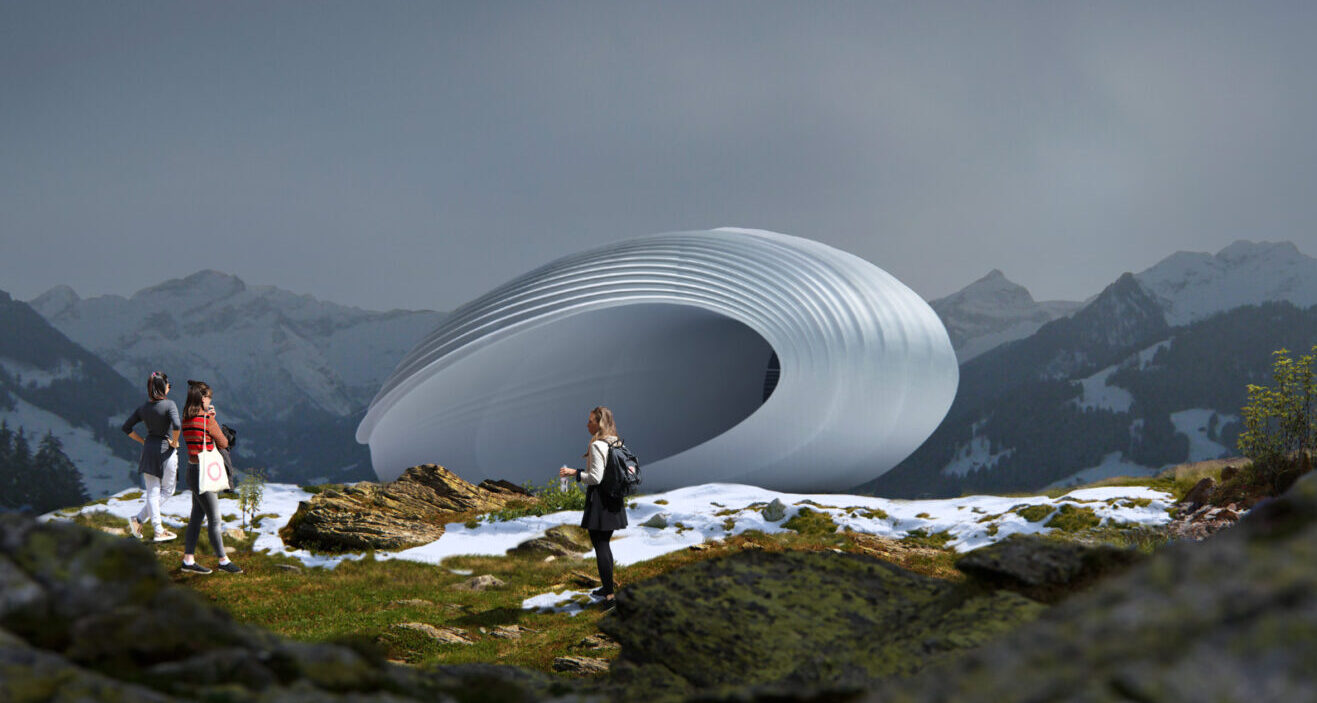Inspired by indigenous shelters and made entirely from recycled plastic, is this 3D printed pavilion the future of climate-responsive design?Olivia Palamountain reports
A 3D printed pavilion made entirely from recycled plastic hopes to encourage conversation around the global challenge of plastic waste and set a precedent in utilising plastic refuse as resource for construction.
A collaboration between design studio Hassell and 3D print specialists Nagami for philanthropic organisation to.org, the pavilion functions as “a gathering point for education, reflection and knowledge”.
The pod is easily transportable and can be optimised for extreme environments from deserts and snowfields, to war zones and even far flung planets, at almost no extra cost thanks to a clever design inspired by indigenous shelters such as a Qarmaq – an inter-seasonal, single-room family dwelling used by Inuits.

3D printing allows a higher geometrical freedom compared to most traditional methods of manufacturing, allowing the designers to shape the pavilions in such a way that they operate off grid – and with minimal energy.
Xavier De Kestelier, Head of Design at Hassell, says: “The implications of 3D printing at this scale are huge for architecture and we hope we can apply this aspect of adaptability across projects. We wanted a pavilion that will be able to exist completely off the grid and adapt to local climatic challenges and conditions to create as low as possible embodied and operational carbon footprint.”
Manuel Jimenez Garcia, founder of Nagami, adds: “We have more than 5 billion metric tons of plastic waste on our planet. As 3D printing scales up into the domain of architecture and construction, we can massively increase the demand for recycled plastics, and therefore speed up the cleaning process of our oceans and landfills. We hope this project will contribute to inspiring a new generation of architects to truly believe that a radical change in construction, driven by eco-innovation, is truly possible.”
The design is the beginning of a larger plan to create a series of pavilions which encourage conversations around material waste and how technology can solve our planet’s most urgent problems.
It joins further 3D-printed architectural innovations such as Kisawa, an ultra-luxury eco sanctuary in Mozambique; El Cosmico in Texas; and the forthcoming Midbar resort in the Judean Desert.

